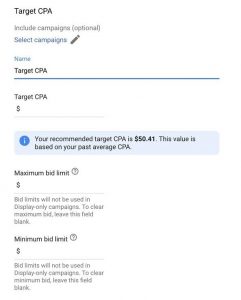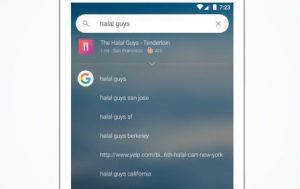According to the OECD’s Economic Outlook, there is likely to be only a moderate expansion of global output in the next two years. This means that the rate of growth is forecast at 3.7% for 2015 and less than 4% for the following year, meaning that there will be minimal improvement on the existing rate of 3.2%. Slow growth in the labor market is considered to be the primary factor behind this, and the results of this report may trigger a negative reaction among business-owners when it comes to expanding their venture or recruiting additional employees.
Entrepreneurs are an increasingly thick-skinned breed, however, and are well-versed with the difficulties posed by a fluctuating economy. This means that while they are likely to temper their ambitions as the economy declines, this will be reflected in cautious and carefully planned expenditure rather than a lack of any business investment whatsoever. Studies suggest that 64% of business-owners intend to increase their marketing budgets in the next twelve months, for example, as companies strive to reach new target markets and boost their long-term profitability.
Creative Marketing without Heavy Investment: 3 Examples of Best Practice
Even with this in mind, working with a minimal budget can greatly hinder your strategic marketing and sales efforts. Creative thinking can play a pivotal role in bridging any financial gaps, however, so consider the following examples of innovative marketing techniques that did not cost the earth: –
- Partner with Local Creative Forces to Showcase your Products
Marketing is often about presentation, especially when you are looking to sell a branded product or range. You can have the best product in the world, but if you fail to present it adequately you will be unable to reach or engage the desired target audience. To achieve this, many firms reach out to reputable agencies but this is beyond the budgets of most small or independent ventures. Some companies have negated this issue by partnering with local artists and creative minds within the local area, hiring their services for free and compensating them with exposure and an opportunity to publicly display their craft. This way, you can develop a creative presentation of your products without having to invest heavily.
The Example: The department store Brown Thomas embodies this idea perfectly, as its flagship location incorporates art installations from a total of 17 local and independent artists. The company have taken the time to develop a working relationship with multiple artists, and this has subsequently afforded them the opportunity to market and present various products according to their unique specification. Brown Thomas has also developed a strong presence within the local community, which is critically important for bricks and mortar businesses with retail outlets.
- Create Interactive Experiences that are Relevant to your Product or Service
With content marketing now a pivotal part of any integrated campaign, it is crucial that you develop a blog and additional online resources that actively engage potential customers. Business owners can go even further when developing their content marketing strategies, however, as they look to create interactive online experiences that relate to their specific product or service. This provides an organic and captivating hook to secure the attention of customers, and also serves as an entry point to a relationship where individuals are not forced to part with their hard-earned cash.
The Example: Slinky Productions a fast-growing, independent film production company based in Birmingham, UK, and it has found a breathtakingly simply way of reaching out to potential consumers. More specifically, it has developed three variations of an interactive ‘Hangman’ game that tests participant’s movie trivia knowledge, each of which is available online and accessible through their main website. Not only is this relevant to the unique range of services that it delivers as a company, but it also free to access for visitors and encourages potential customers to enjoy a fun and unusual interaction with the brand as a whole.
- Enable Real-time Marketing by Offering your Product or Service for Free
On a similar note, the concept of offering value to potential customers is increasingly important in the contemporary world. The current generation of consumers is more knowledgeable and self-aware than ever before, which means that they have a greater comprehension of how to achieve value for their money. This is even more relevant in competitive market spaces, and as an innovative firm you can look to steal a march on your rivals by offering your product or service for free as part of a real-time promotion. Once again, this serves as an entry point to a potentially fruitful relationship while also offering genuine value and incentive to motivated customers. So long as you factor in all associated giveaway costs and manage the campaign responsibly, this can deliver genuine long-term rewards.
The Example: TNT Delivery is a nationally renowned service provider, and one that is constantly looking to develop its brand. As part of a recent awareness campaign, the company offered consumers a unique opportunity to trial their delivery services for free across both domestic and European markets. This offer was also made accessible to new customers, and it not only offered considerable value but also showcased incredibly confidence in the quality of service available. The firm also established minimal restrictions that helped to control costs, by eliminating markets outside of Europe and capping the size of any free shipment at 100 kg. From a consumer perspective, this represented an engaging promotion that offered practical value and also underlined the firms’ commitment to securing long-term custom.
Business & Finance Articles on Business 2 Community
(365)







